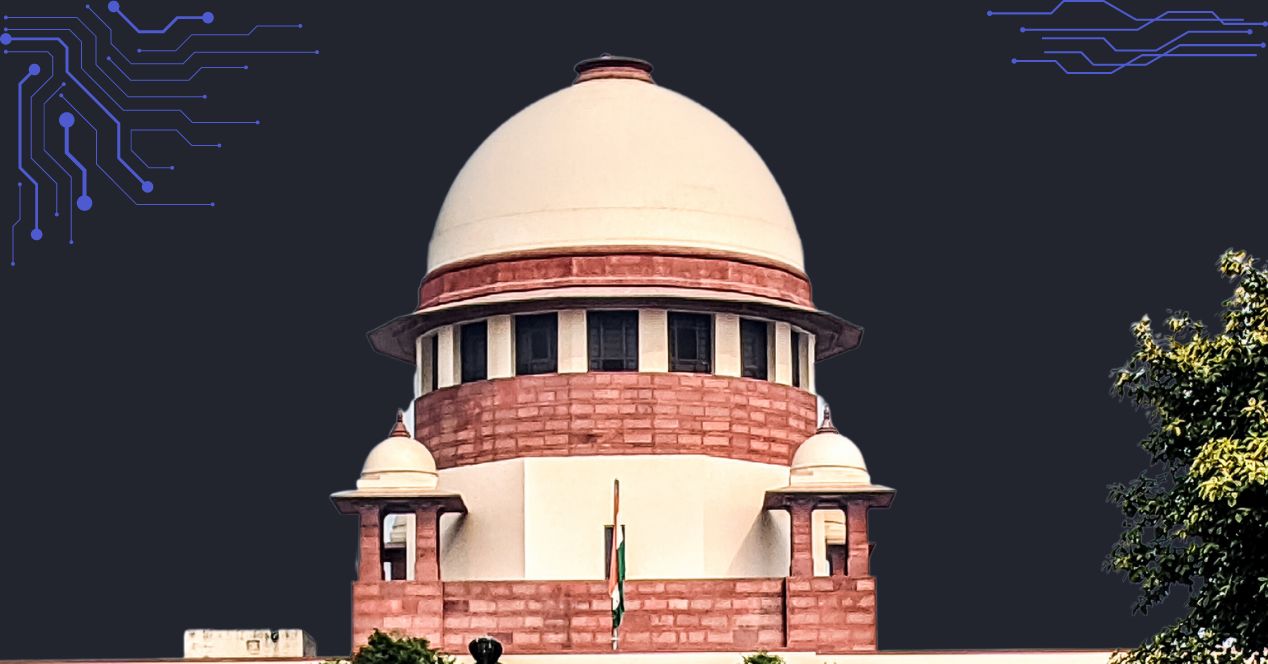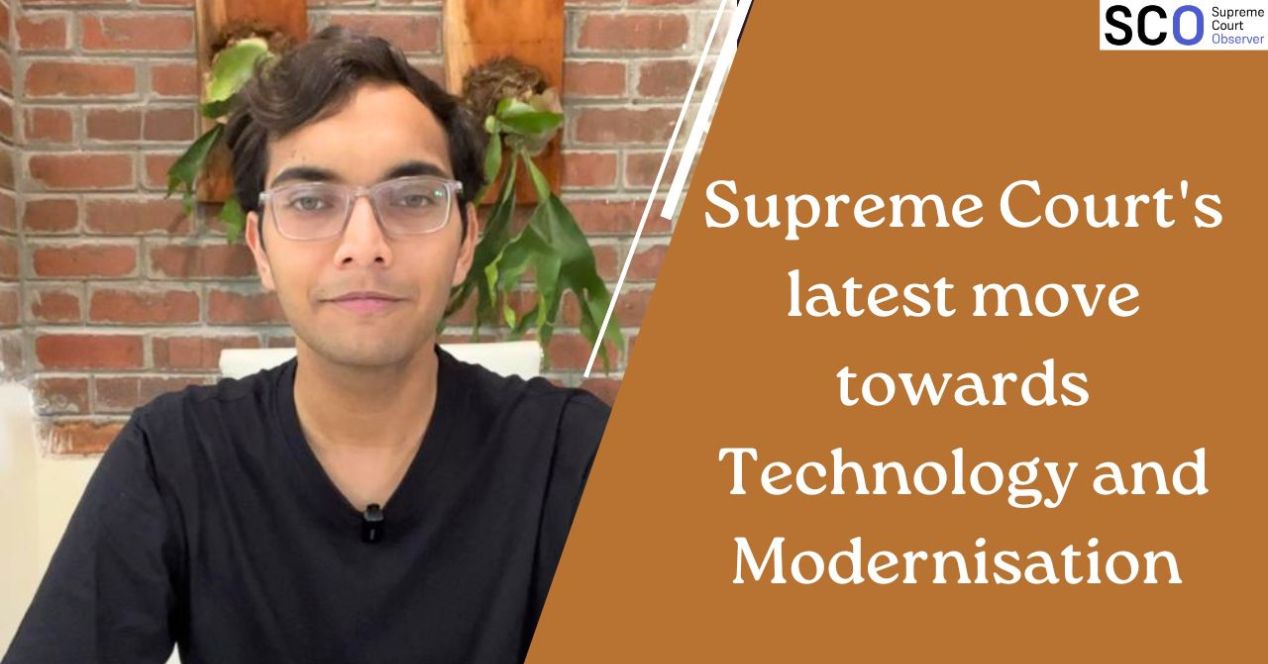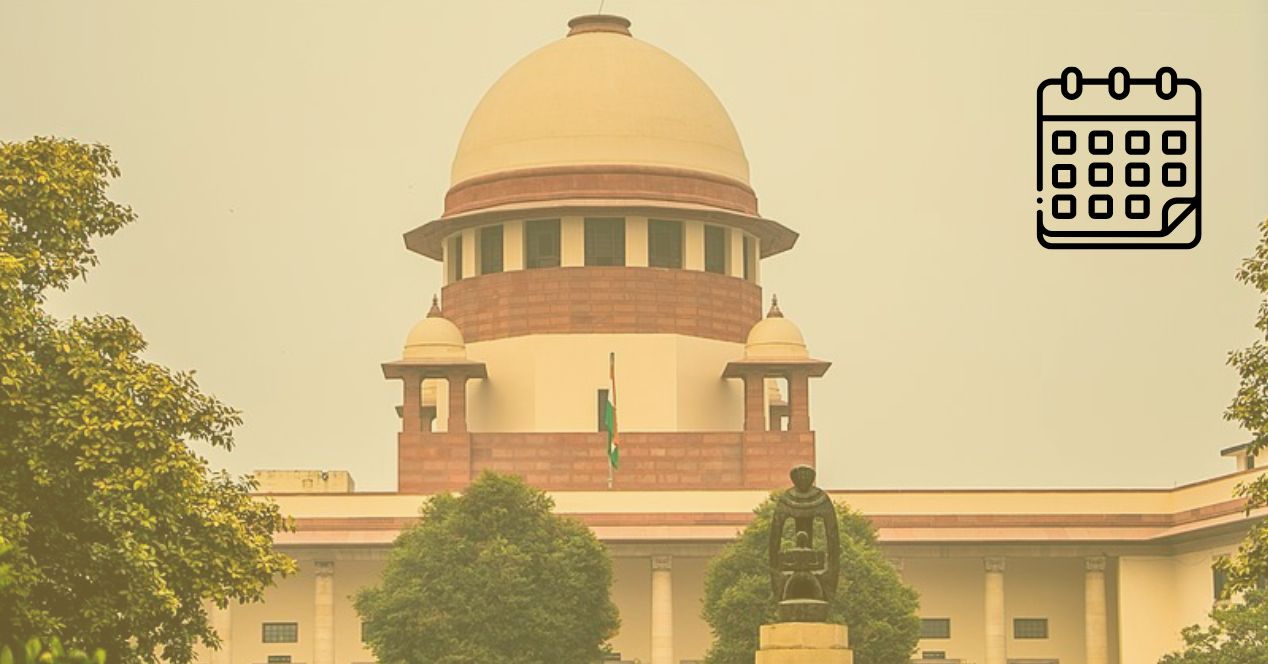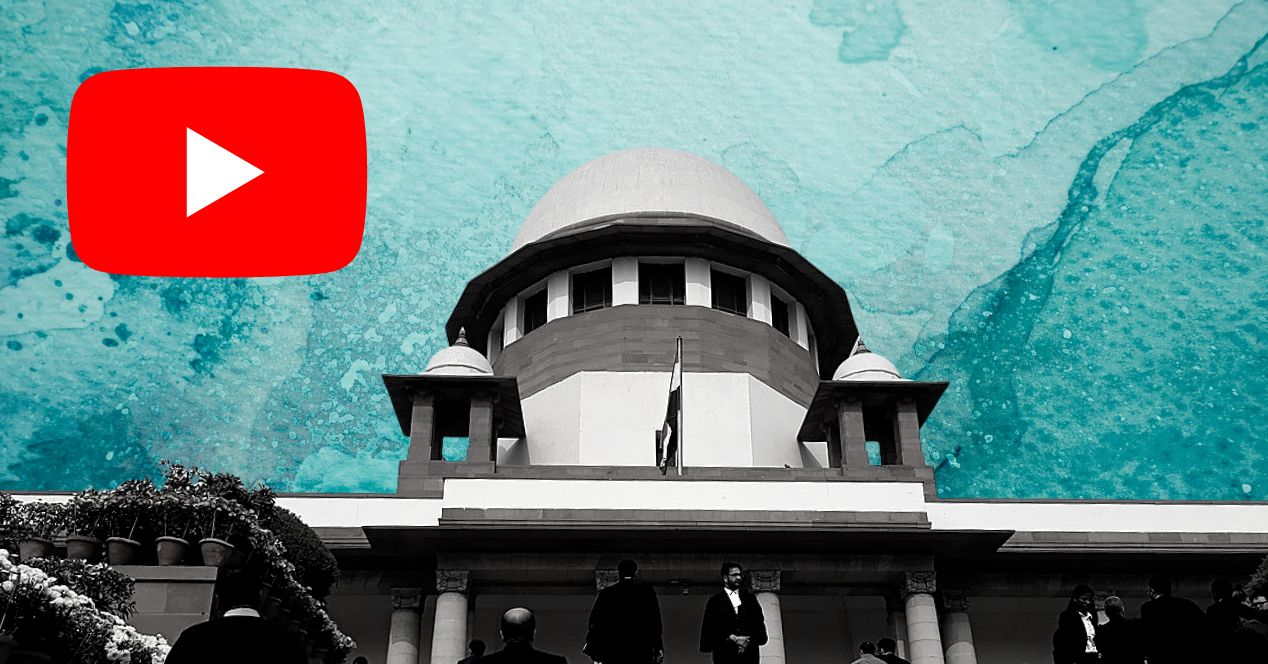Analysis
With video conferencing, a Court gave better access to justice to undertrials languishing in jail
The innovation let prisoners who weren't adequately represented appear in Court through video conferencing. Can it be replicated elsewhere?
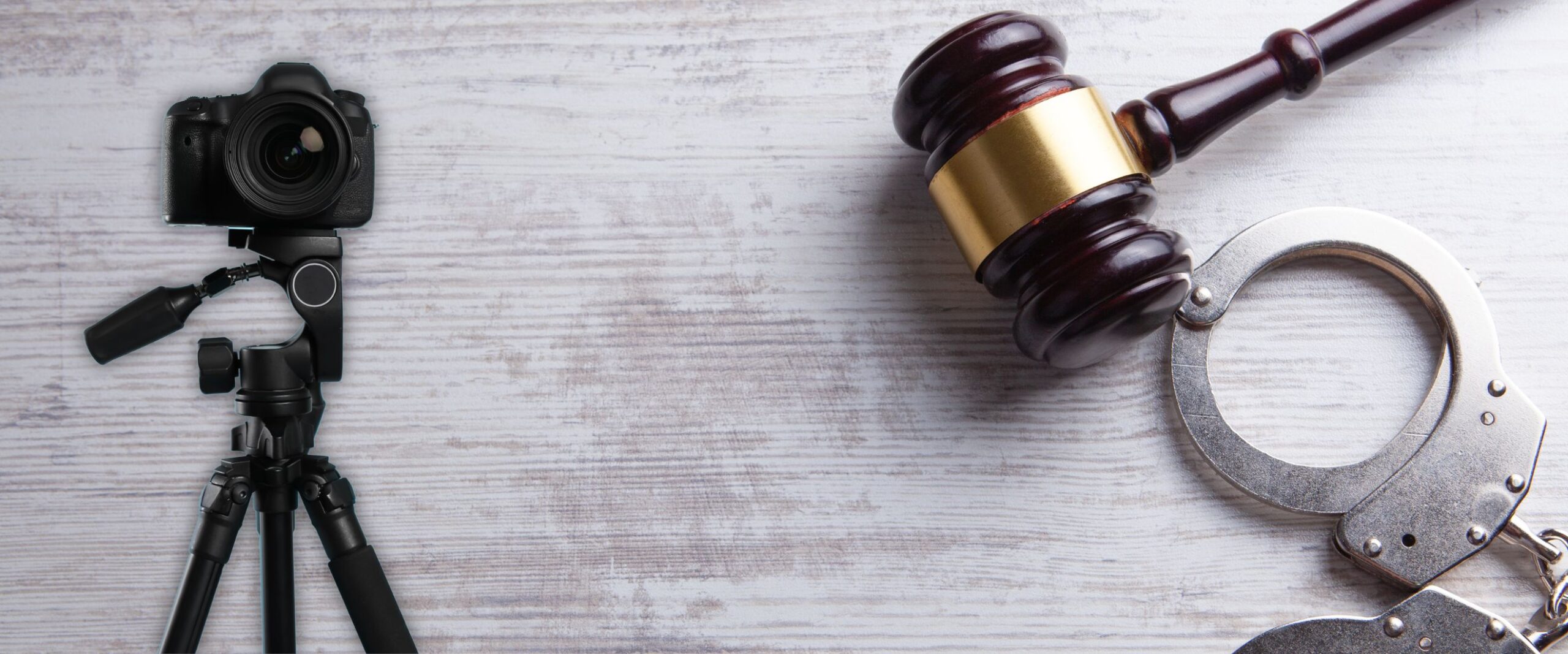
Deepak was arrested on charges of murder in 2014 and sentenced to life imprisonment in 2016. It took six years for the appeal against his conviction to be heard. When it did come up for final hearing, on 4 July 2022, Deepak’s counsel was absent. Instead of adjourning the matter to a later date, a Division Bench of the Delhi High Court did something unexpected—it directed the Superintendent of Tihar Jail to ensure that Deepak joins the proceedings through video conferencing (VC) the next day.
On every subsequent date of hearing, the counsel came well-prepared. The matter was heard extensively over the next few days. On 2 September, the Court acquitted Deepak. After having spent more than eight years in imprisonment, he was finally free. All it took was devising a simple mechanism to hold lawyers accountable to their incarcerated clients.
During a five-month period between July and November 2022, the Division Bench of Justice Mukta Gupta (now retired) and Justice Anish Dayal were hearing regular matters of convicts sentenced to life imprisonment. The appeals were being prioritised by period of incarceration. Deepak’s appeal was part of this batch.
The matters were urgent because some of these convicts had spent more than eight years in custody. Yet, despite the need for expedient hearing, lawyers could be seen unprepared, seeking adjournments or simply absent. The Code of Criminal Procedure mandates the presence of an incarcerated accused during a trial, but this requirement does not extend to appeals, where it is sufficient for the accused to be represented in court. As in Deepak’s case, this leaves the incarcerated convicts at the mercy of their lawyers.
The Initiative
Determined to dispose of as many appeals as possible, Justice Gupta set up a system for the incarcerated appellant-accused, who were either unrepresented or whose cases were dragging because of countless adjournments by lawyers, to be present through video conferencing from the prison facility.
The mechanism was fairly simple: a day before the matter was listed for hearing, the Court Master would coordinate with the concerned Jail Superintendent, apprise them of the name of the convict, their item number and share the VC link. On the day of hearing, the Jail Superintendent would log in from prison and the convict could then observe their court proceedings. Justice Gupta would interact with each convict before their matter was taken up and calmly explain to them the reason behind the delay in their appeals being disposed of. Where applicable, she would appoint new counsels for them from the Delhi State Legal Services Authority panel.
Justice Gupta said that the measure was made possible due to the technological overhaul the Delhi High Court underwent due to the pandemic. Earlier too, Justice Gupta shared, convicts would be produced in court if they were not being represented by any lawyer. Now, given that both courts and jails had VC facilities, developing a sustainable system that ensured fair trial for incarcerated persons was the need of the hour.
“Appellant-accused even if in judicial custody are a part of court proceedings and have a right to know what the State is arguing and what their counsels are arguing,” Justice Gupta explained, “It’s crucial to a fair trial. And as a judge, you have to be innovative to run your board.”
Impact and Response
The initiative was well received by both public prosecutors and defence counsel. Regular matters were taken up for hearing on a daily basis and on a good day, the Bench could hear at least one appeal to conclusion.
The benefits were stark. To begin with, prisoners had the satisfaction of witnessing their matter being argued. They could hear contentions raised against them and interject with permission to better their case. More importantly, they could share grievances against their counsels with two sitting High Court judges. If their counsel had stopped appearing, they could request the Bench for a replacement. By obviating the need for physical transportation of the prisoner to the courthouse, the video-conferencing innovation introduced a layer of accountability while maintaining security and efficiency. The logistical burden on the police apparatus was also made much lighter, with jails only having to ensure that the technology was in usable shape.
Those who argued before the Bench were impressed by how smoothly the system functioned. Prominent criminal lawyer, Madhav Khurana, described the practice as “a great interface between prisoners and judges that gives a voice to the incarcerated during their appeals.” Prithu Garg, one of the Additional Public Prosecutors for this Bench, mentioned how Justice Gupta used to “interact with the accused, reassure them that judges are sitting every day to listen to their matter and tell them very calmly that they need to hold their lawyers accountable.” Garg also shared that Justice Gupta’s humane approach was evident in her retirement speech, where she said that providing relief to litigants who have a good case was a matter of right and not a favour in any way.
A lawyer, who preferred not to be identified, shared that the judges also remained cognizant of the fact that convicts, especially those who’ve spent years in prison without being heard or acknowledged, could get flustered during proceedings. They could say things that could work against their interests. The Bench operated from a place of accepting that prolonged incarceration can have a deleterious impact on one’s senses and that it was important to exercise a sense of caution and compassion while considering what the prisoners said on camera. The judges acknowledged that it was important to guide against bias and let evidence decide the course of justice.
Is the practice replicable across benches?
Unfortunately, since Justice Gupta’s retirement, this practice of dialling in convicts from prisons has been discontinued in the Delhi High Court. It’s also somewhat surprising that such an important initiative has gone unnoticed and unreported by the legal media, especially given that Justice Gupta’s retirement was widely covered in the legal press.
This leads to the question of how systems can be developed to replicate best practices across changing benches and across courts. Many of these innovations can be attributed to individual judges, and are born out of their experience with various case and board management techniques in the course of their career.
Enatoli Sema, Advocate on Record, noted that there were “countless such practices” devised by judges that should ideally have an afterlife after a particular judge has moved on. Sema cited the example of a practice in the Supreme Court, started in November 2022 and led by Chief Justice of India D.Y. Chandrachud, to list regular hearing matters on Wednesdays and Thursdays. “The practice of having regular matters listed on particular days existed earlier as well. Reintroducing this listing process has ensured that matters that were pending for years, some of which have even become infructuous, are finally heard and disposed of, clearing the severe backlog of cases,” Sema said. “But it’s only limited to the Supreme Court for now and hopefully it will continue even after a change in the Chief Justice of India.”
Humane initiatives like the one spearheaded by Justice Gupta in the Delhi High Court leverage existing digital infrastructure to further goals of inclusion, accountability and speedy justice. Proactive steps should be taken to incorporate it as a standard practice across all courts of appeal.
To begin with, the rules of High Courts should be amended to ensure incarcerated convicts without adequate representation are virtually present for court proceedings. The process developed by Justice Gupta itself could be emulated as it puts no extra burden on judges—the actual coordination to enable video conferencing is managed between court staff and prison staff.
In this manner, a little could go a long way.
The writer worked as a Law Researcher with Justice Anish Dayal in the Delhi High Court, including when he was on the Division Bench with Justice Mukta Gupta.

